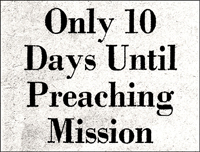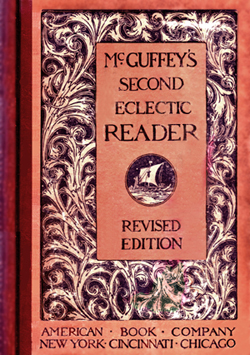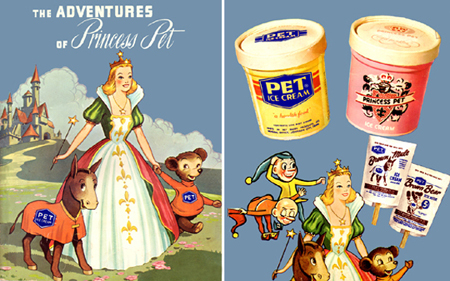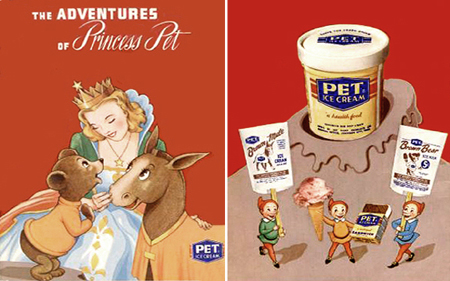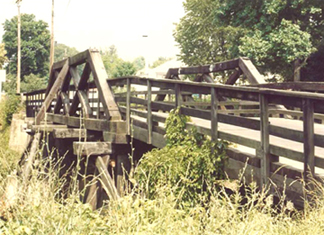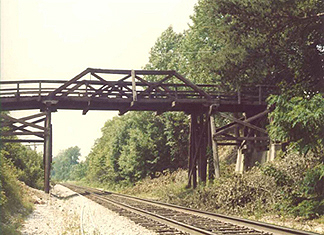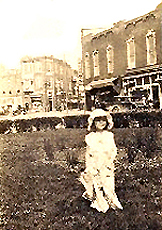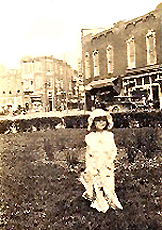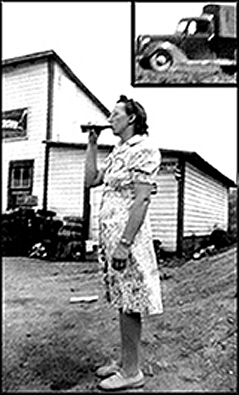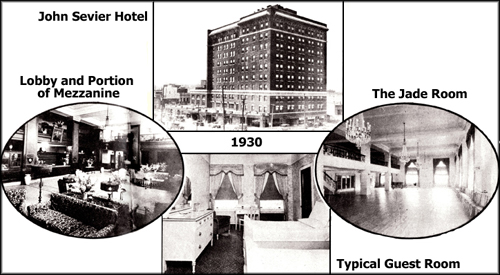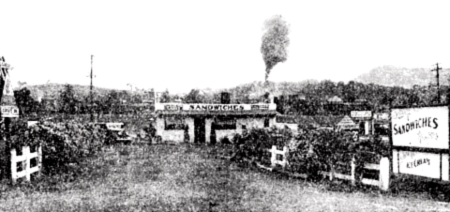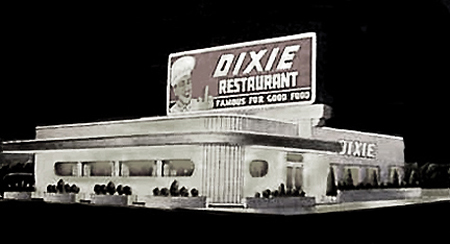One year ago yesterday, Johnson City lost one of its crown jewels. Mrs. Ida Miller Cowell, widow of former city commissioner and radio and television legend Eddie Cowell passed away after a lingering illness.
I frequently conversed with Ida during research of her husband’s illustrious career for a Johnson City Press feature story. I enjoyed Mrs. Cowell’s lively and energetic phone calls; her voice always swelled with pride every time I mentioned Eddie’s name. Ida’s son, Joe, loaned me her 1938 high school annual, The Wataugan. Today’s column is a brief review of this school publication and a tribute to this fine lady.
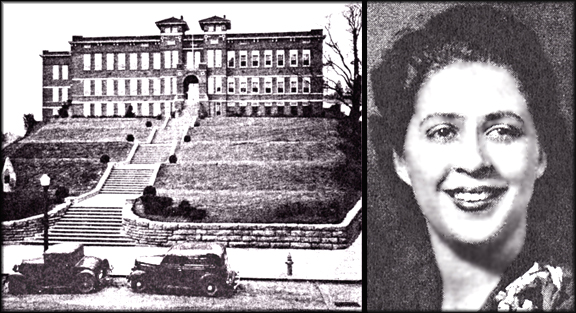
The attractive brunette’s senior picture is shown on page 30, along with her impressive accolades: “It is better to be lucky than wise. Dramatic, 2 3, 4; J. Janes Club, 2; Home Economics, 3; French, 3, 4; J club, Secretary, 4; Hilltop Staff and Honor Society, 4.”

The Foreword spoke of the seniors’ desire to preserve memories of their high school life: “If we have contributed to a fuller interpretation of the values of high school experiences, we the seniors of ’38 ask no greater reward.”
The publication was dedicated to two individuals, Miss Una Harris and Mr. J.F. Copp, for their “active interest and enthusiastic support.” One student, Ann King, wrote a four-verse poem titled “To Science Hill.” The first verse read: “We sing a song of Science Hill, Of bricks and stones and lumber, Terraces of vivid green, And steps of countless number.” The last line is in reference to the 88 steps that lead up “The Hill” from Roan Street to the building.
The principal and superintendent in 1938 were N.E. Hodges and Roy Bigelow respectively. Tom Peterson served as editor of The Wataugan, the school annual, and Annie Lauderdale was editor-in-chief of The Hilltop, a student publication.
A “Senior Class Wills” page of attributes and objects left behind by graduating seniors began with these clever words: “We the Sitting Bulls and Many Ha Ha’s of ’38, before departing for the Happy Hunting Ground, do pause to bestow our papooses treasures inherited, acquired and captured.” The list of 36 bestowed items included the “dug-out” left by the WPA, hope of a new gym, correct answers for getting admits, “hole-in-one” golf card, war whoop, excess jewelry, hours spent in the library, chemistry knowledge, popularity and good looks.
The page creatively concluded with: “Now dear papooses, we feel that if you use correctly, carefully and intelligently, the wild game and scalps which we have left you that you too may depart ere long on that journey to the Happy Hunting Ground by way of ‘swim or sink creek.’”
One page “Keeping Up With Our Alumni of ’36 and ‘37” paused to look into the present to see what alumni of the previous two years were doing: “Science Hill does produce some good citizens. What would Sevier Drug be without Bill Darden, King’s Dept. Store without Howard Miller, Southern Shoe Store without Bobbie Neal, Hannah’s without Jimmy, Bolton Coal Co. without Charles, Majestic Theatre without Cline Holtsclaw and Appalachian Funeral Home without Paul Dyer?”
Several students were enrolled in local colleges. One student, Mac Bigelow, was said to be in Italy teaching Mussolini a few tricks. Another, Bobbie Piston, resided at Vanderbilt studying to be a doctor.
The annual’s final 16 pages contained 68 advertisements. Some of the lesser known ones were Miss Reece Holloway’s Dancing School, The Bypath, Sam S. Fain Grocery, Lyle Candy Co. and Ruth Andrews Florist.

